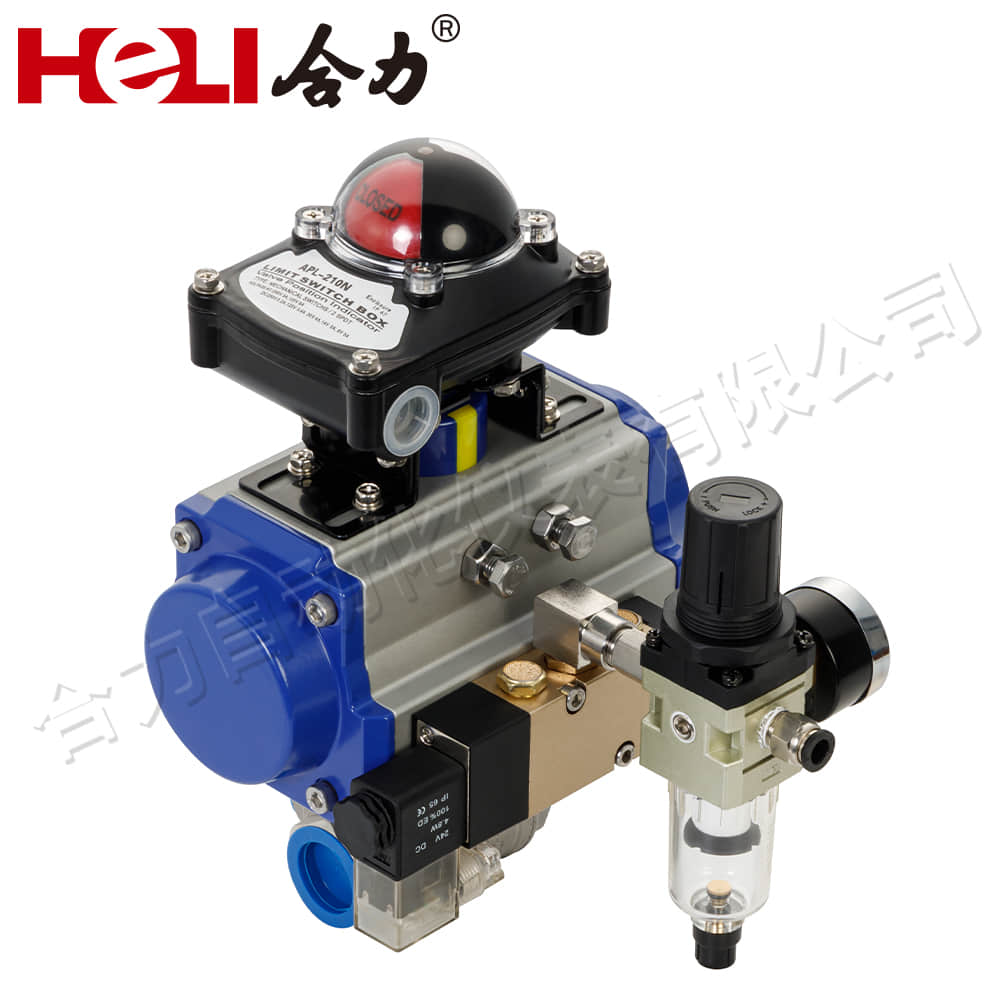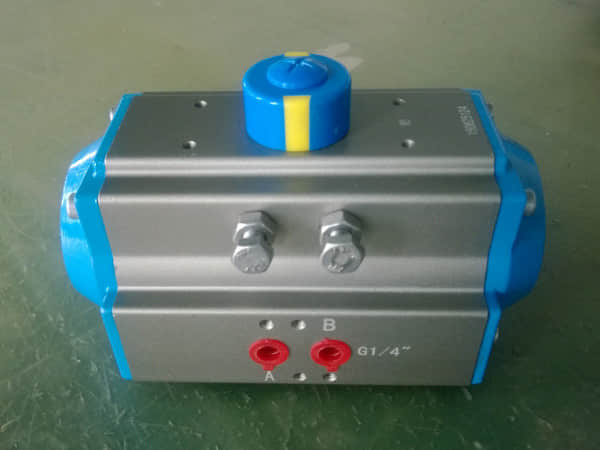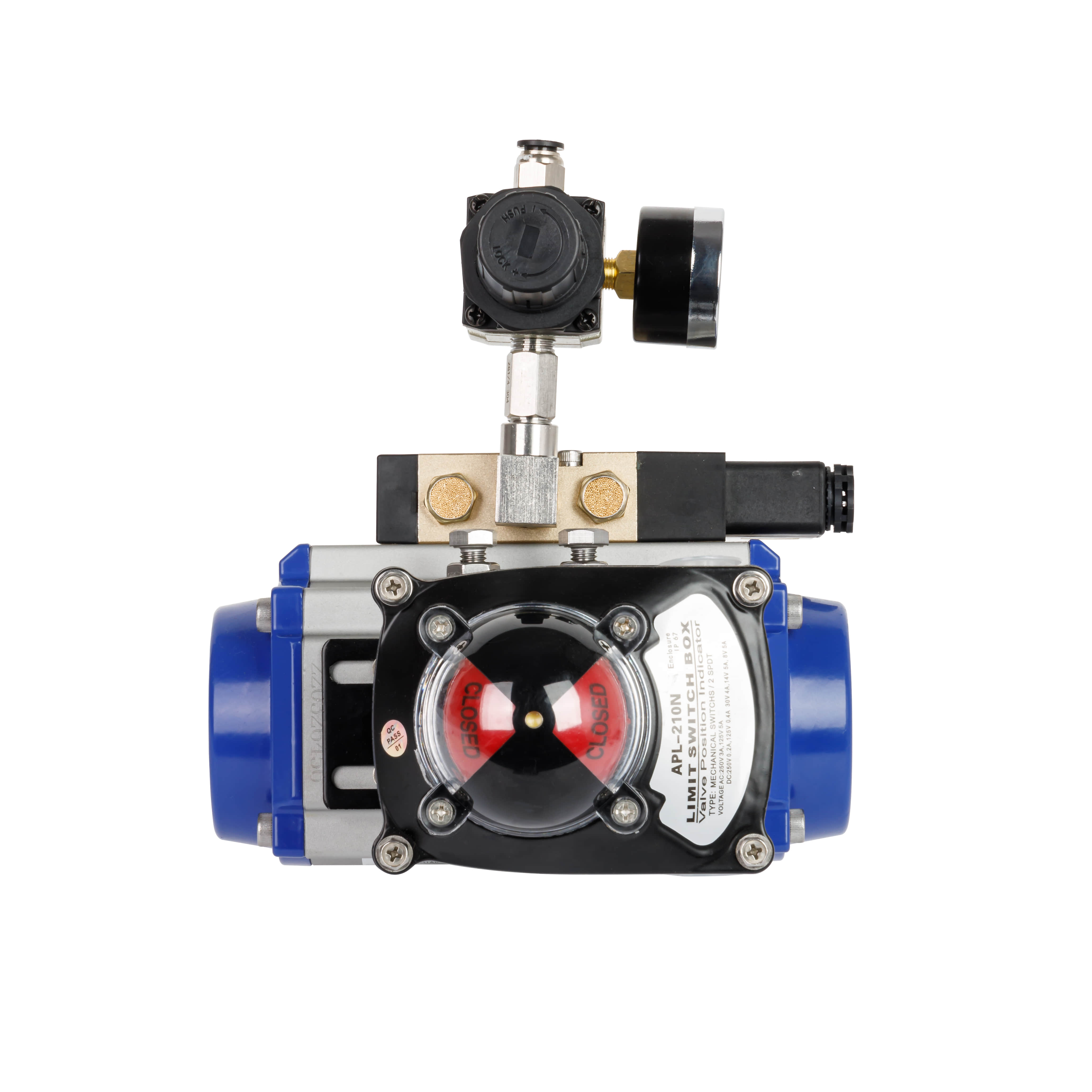
In the realm of industrial automation, the pneumatic actuator holds a pivotal position. This robust and reliable device converts compressed air into controlled mechanical motion, enabling precise and efficient valve operation in various industrial settings. The pneumatic actuator, also known as the pneumatic drive or air actuator, is a testament to the ingenuity of engineering and its ability to harness the power of compressed gas for practical applications.

The working principle of a pneumatic actuator is relatively straightforward. It relies on the force generated by compressed air to move a piston or diaphragm within a cylinder. The direction and extent of this movement are controlled by the modulation of airflow, typically achieved through valves and other control mechanisms. The actuator is designed to convert this pneumatic energy into linear or rotational motion, depending on the specific application.

